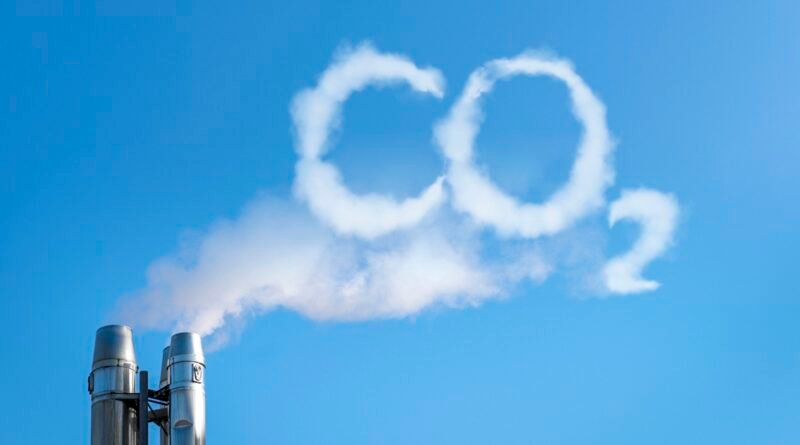Climate change fight in U.S. hits a huge milestone with opening of first plant that can suck 1,000 tons of carbon dioxide from the air annually
The United States is set to inaugurate its inaugural commercial facility dedicated to capturing carbon dioxide from the atmosphere and storing it permanently. This emerging technology, known as direct air capture (DAC), is considered pivotal in the battle against climate change, although opinions vary, with some viewing it as a distraction hindering the transition to clean energy.
Located near San Francisco and developed by Bay Area startup Heirloom Carbon Technologies, the facility positions California at the forefront of the growing carbon removal industry. While smaller than upcoming plants in Texas and Louisiana, Heirloom’s facility, unveiled recently, boasts the capacity to remove and store up to 1,000 tons of carbon dioxide annually. This serves as a significant milestone for a technology attracting substantial investments, with companies like JPMorgan Chase & Co. and Alphabet Inc. committing hundreds of millions for carbon removal services. Critics, however, caution that such initiatives might offer oil producers justification to persist in crude extraction.
Heirloom secured $53 million in a 2022 Series A funding round, featuring investors such as Microsoft’s Climate Innovation Fund and Bill Gates’ Breakthrough Energy Ventures. Although the construction cost of the California facility remains undisclosed, Heirloom aspires to operate at a cost of $100 per ton of carbon removed by 2030, a target currently distant for the nascent industry.
Also Read About –
New ‘Miracle Material’ Shatters Solar Panel World Record
The Biden administration is also endorsing this technology, as the Department of Energy allocated $3.5 billion for developing DAC hubs across the U.S. The Tracy facility, while not a direct recipient, is part of one of these projects. Heirloom’s technology is set to be deployed at a major hub in Louisiana, expected to remove 1 million tons of CO2 annually by the end of the decade. Furthermore, Heirloom and other DAC companies can benefit from tax credits under the Inflation Reduction Act.
Acknowledging the infancy of DAC, which deploys vacuum-like machines to extract CO2 from the atmosphere, Heirloom’s facility adopts a unique approach. Using an electric-powered kiln, it heats crushed limestone to create a calcium-based paste spread on trays acting as carbon-absorbing sponges. The saturated material undergoes a carbon removal process in the kiln, and the captured CO2 is stored in tanks, although future projects may involve underground injection.
Distinguished from the controversial carbon capture method, which focuses on capturing emitted CO2 at the smokestack, Heirloom’s technology emphasizes removing CO2 directly from the air. This distinction is crucial, as traditional carbon capture has been criticized for potentially extending the lifespan of fossil fuels through enhanced oil recovery. Despite Heirloom’s assurances against perpetuating the fossil fuel industry, skepticism persists among environmentalists and local communities regarding safety concerns and the untested and expensive nature of the technology.
Heirloom has already sold carbon removal credits to companies like Microsoft, Stripe, and Shopify. However, concerns persist about the potential participation in the Low Carbon Fuel Standard, where carbon-intensive transportation companies can purchase credits instead of transitioning to cleaner fuels. Despite such apprehensions, research emphasizes the necessity of removing carbon from the atmosphere to achieve the U.S.’s 2050 carbon-neutral target. California, in particular, relies on carbon capture and removal methods to eliminate around 100 million tons of CO2 annually, aiming for carbon neutrality by 2045. Policymakers envision the burgeoning industry creating high-income jobs and facilitating the transition to cleaner energy sources. Governor Gavin Newsom lauded projects like Heirloom’s facility as innovative solutions that use renewable energy to combat pollution while generating employment opportunities in the Central Valley.
Source – Fortune.com




